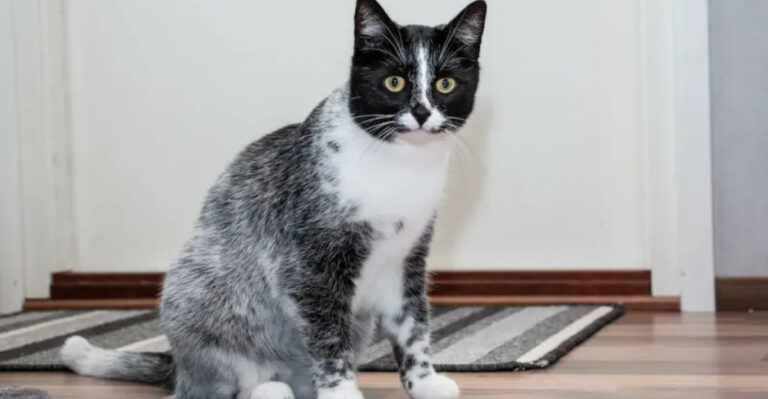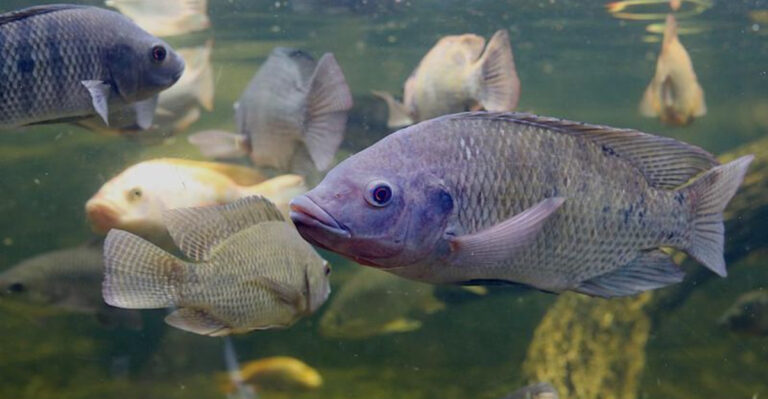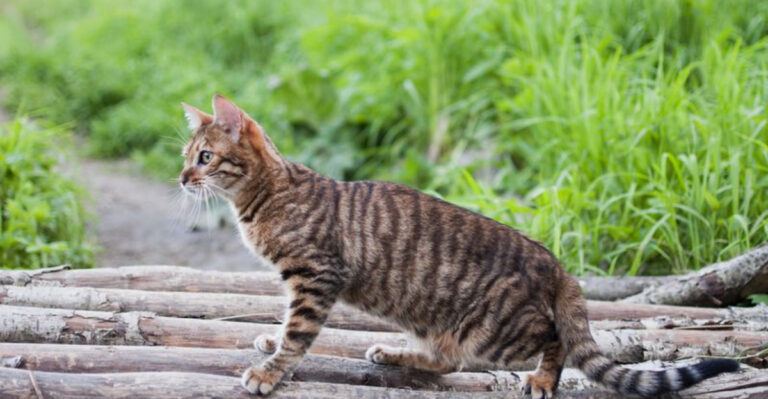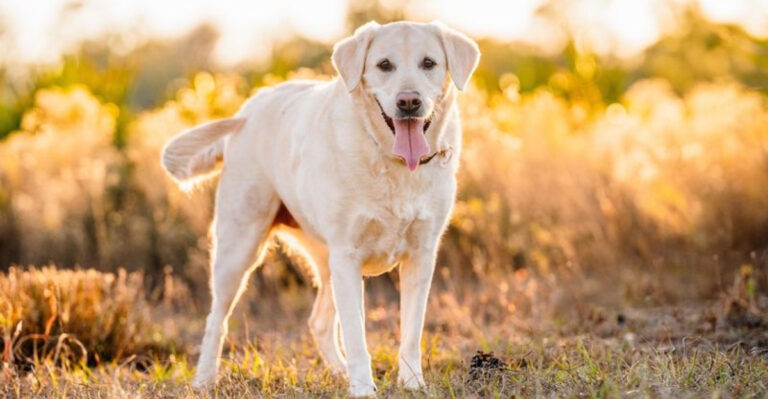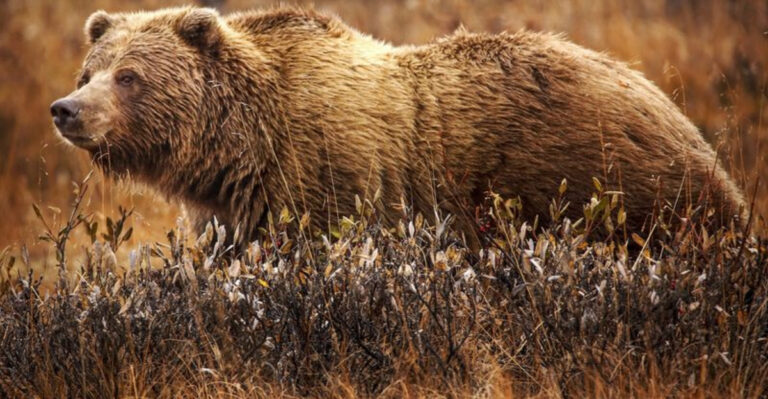12 Unexpected Reasons Dinosaurs Evolved Feathers Beyond Flight
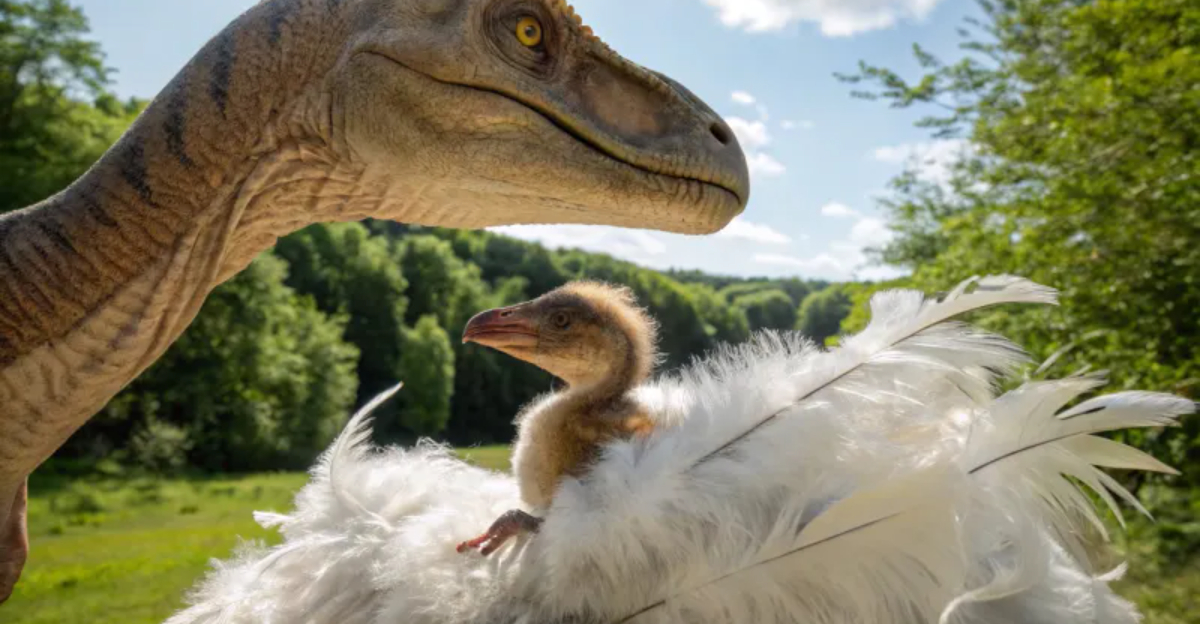
When we think of feathers, the first thing that comes to mind is usually flight. However, for dinosaurs, the evolution of feathers served a multitude of purposes beyond taking to the skies.
Let’s see some unexpected reasons why these prehistoric giants developed such intricate plumage.
1. Aiding In Flight
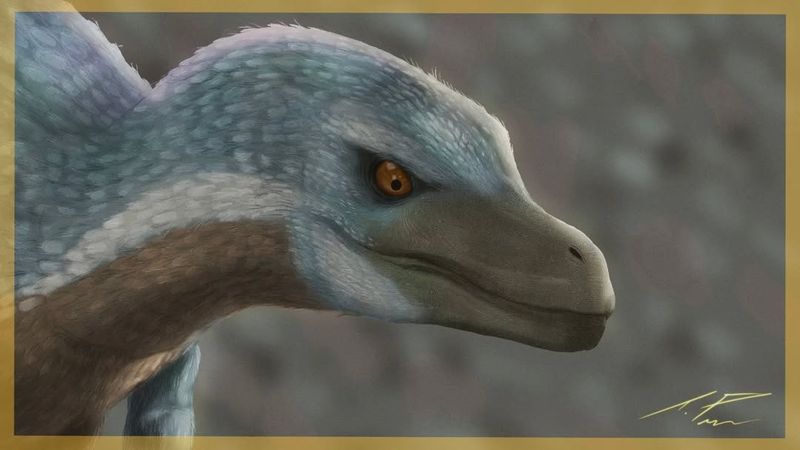
Though initially, feathers likely served other functions, they eventually evolved to aid in flight for some species. Over time, the development of feathers provided the perfect aerodynamic surface necessary for flight.
Early feathered dinosaurs likely used their feathers for gliding or controlled flight, utilizing the aerodynamic properties to soar from tree to tree or escape predators. This gradual evolution eventually led to the flight abilities we see in modern birds.
2. Attracting Prey
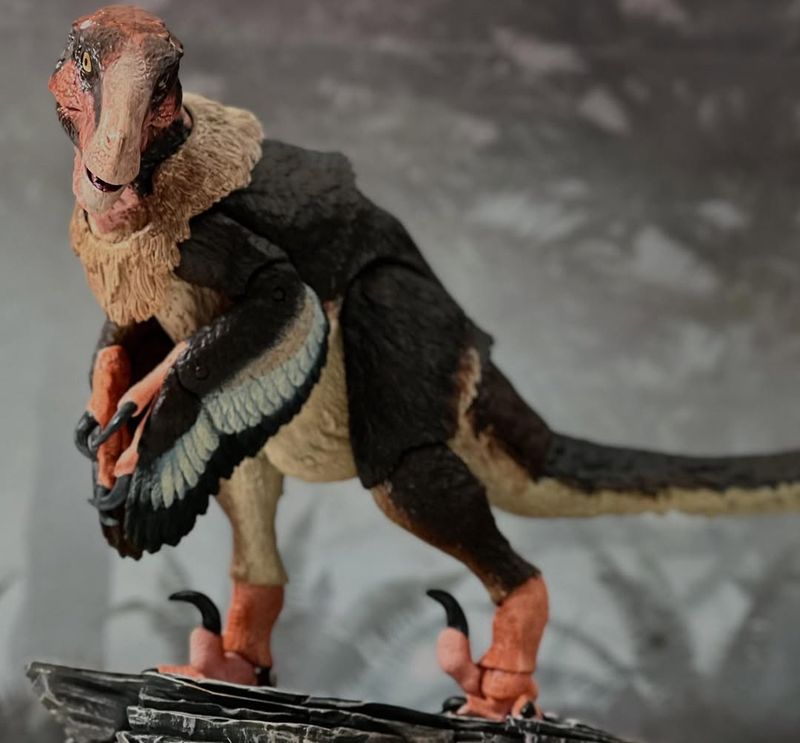
In addition to their role in mating displays, feathers might have been used by certain dinosaur species to attract prey. Some species might have had brightly colored feathers or feather structures that could mimic the appearance of plants or other creatures.
This could have drawn smaller prey in closer, allowing the dinosaur to strike more efficiently. For example, feathers on the tail or head might have been used in a display to distract or attract potential prey species, aiding in hunting strategies.
3. Thermoregulation
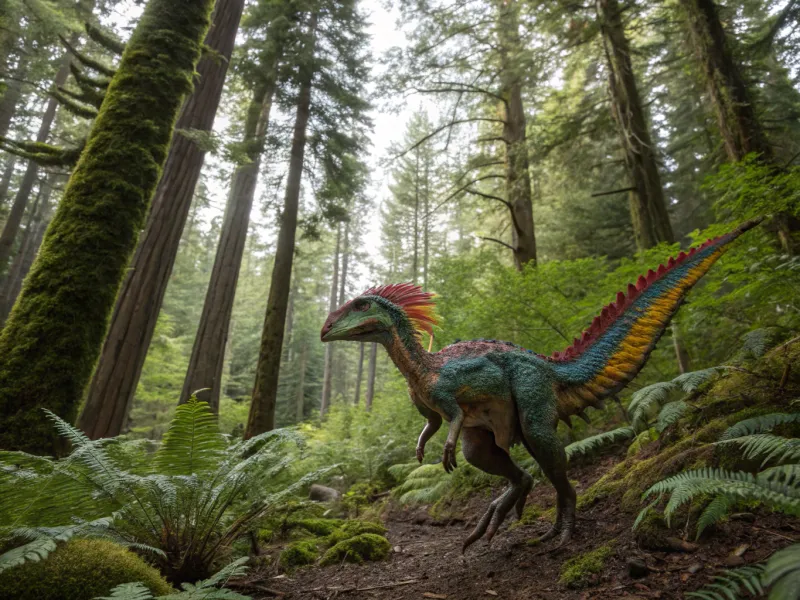
Feathers likely evolved in dinosaurs as a means of thermoregulation. Just like modern birds, feathers help insulate the body and regulate body temperature.
In the cooler climates of the Mesozoic era, feathers would have helped dinosaurs retain heat, especially for smaller species or those living in colder environments.
By trapping warm air close to their bodies, feathers enabled dinosaurs to stay warmer in cooler climates, making them more adaptable to a variety of environments.
4. Display And Mating Rituals

Feathers played a significant role in mating rituals and social displays. Much like how peacocks today flaunt their colorful plumage to attract mates, some dinosaurs likely used feathers to signal their health, strength, and desirability.
These elaborate displays of feathers, whether bright and colorful or large and extravagant, could have been crucial for attracting mates and signaling dominance, adding another layer to the complex behavior and evolution of dinosaurs.
5. Camouflage
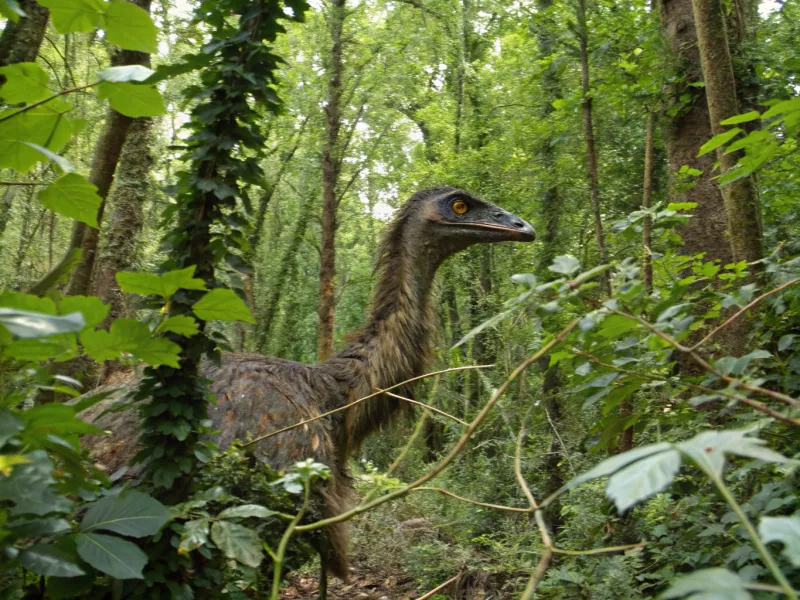
Feathers may have served a critical role in helping dinosaurs blend into their environments. Some species might have developed feathers with patterns and colors that helped them hide from predators or sneak up on prey.
This natural camouflage would have been especially beneficial for smaller, ground-dwelling dinosaurs that needed to stay out of sight to avoid danger or to remain stealthy while hunting.
6. Protection
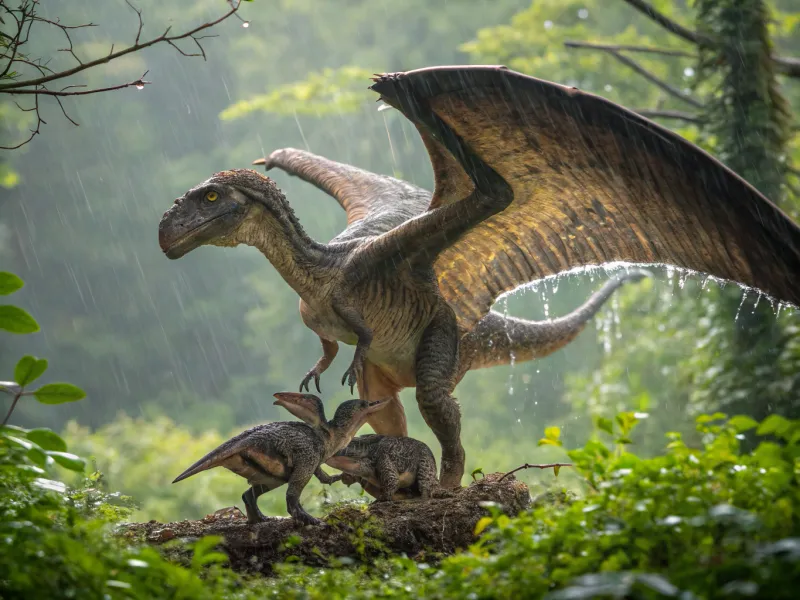
Feathers offered protection, not just for thermoregulation or display, but also as a physical barrier. The evolution of feathers provided a layer of defense against abrasions, insect bites, and minor injuries.
For species that lived in densely vegetated areas, feathers could help shield sensitive skin from branches, thorns, or rough terrain, ensuring the dinosaur’s well-being and reducing the risk of infection from scratches or cuts.
7. Social Communication
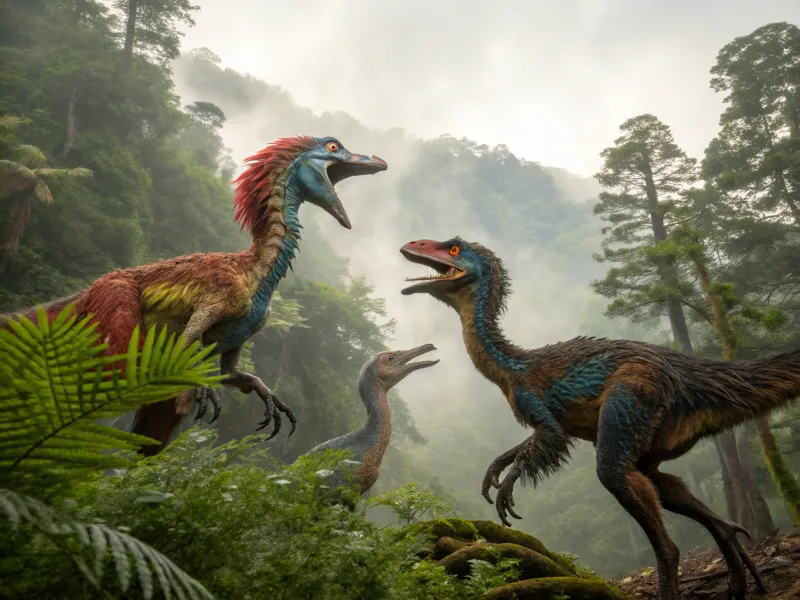
Feathers may have served as a tool for social communication, helping dinosaurs communicate with each other in complex ways. The display of feathers could signal aggression, submission, or even friendship within a group.
Just like modern birds, who use their feathers for visual communication, dinosaurs could have relied on their plumage to reinforce social hierarchies, warn others of threats, or coordinate group behavior, especially in pack-oriented species.
8. Sensation And Touch
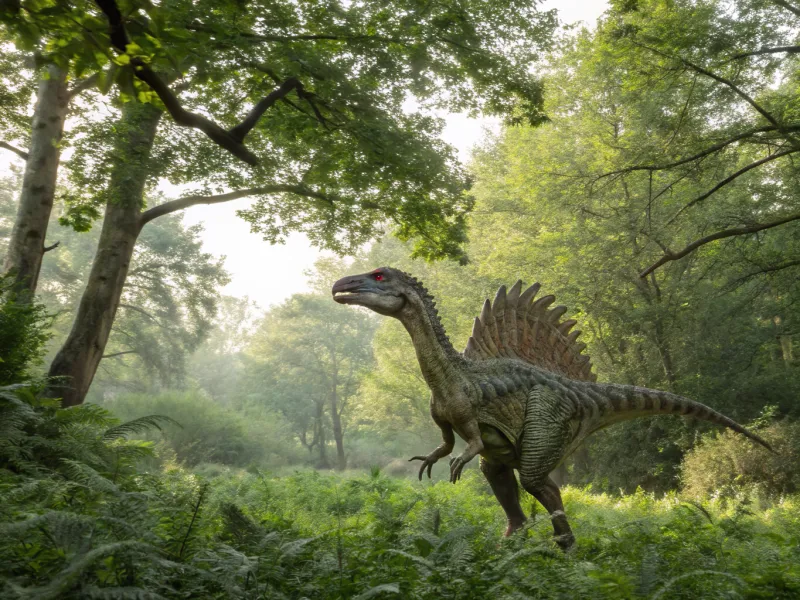
Feathers could have enhanced a dinosaur’s ability to sense its environment. Similar to how modern birds use the fine structure of their feathers for tactile feedback, dinosaurs may have used their feathers for better sensitivity to wind, touch, or vibrations in the air.
Feathers could have provided additional sensory input, helping dinosaurs navigate their surroundings or react to changes in the environment, such as approaching predators or fluctuating weather conditions.
9. Water Repellence
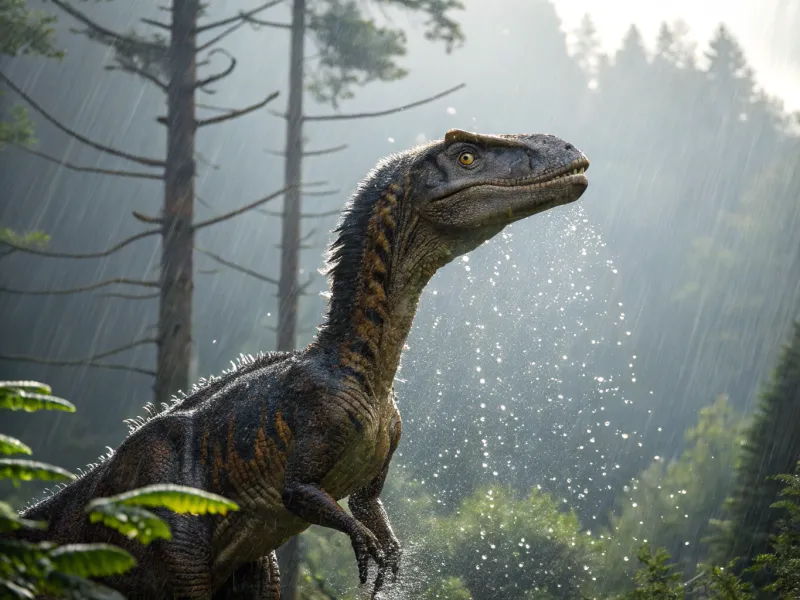
Feathers could have played a crucial role in keeping dinosaurs dry, especially for species that lived in or around water. Like modern waterfowl, some dinosaurs might have evolved feathers that were water-resistant, helping them stay buoyant in water or simply keeping moisture off their bodies.
This would have been particularly beneficial for dinosaurs living in wet environments, allowing them to maintain body heat and avoid hypothermia while moving through marshes or swamps.
10. Parental Care
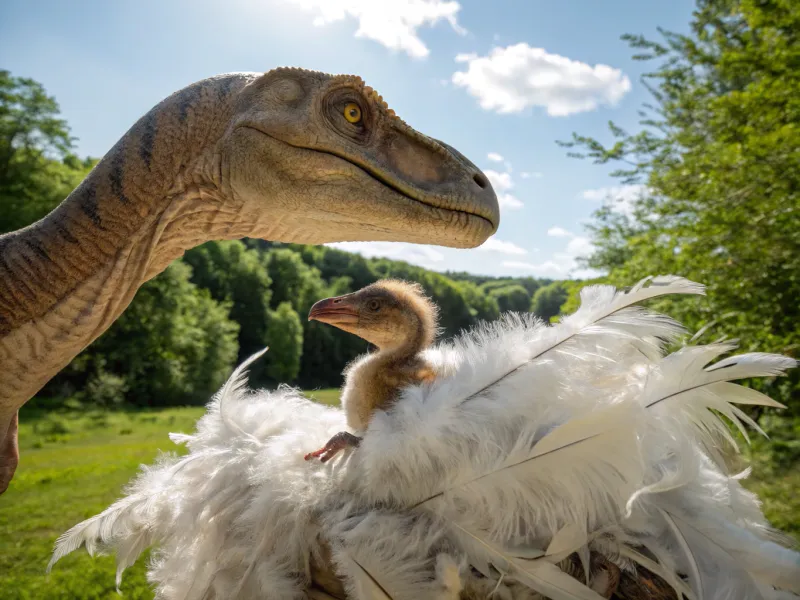
Feathers may have also been important for parental care. Many modern birds use their feathers to keep their eggs warm and protect their young. Similarly, dinosaurs with feathers may have used their plumage to incubate their eggs, providing warmth and comfort.
Additionally, feathers may have helped in nurturing the young after hatching, offering protection and a safe space for the vulnerable offspring, ensuring their survival during early stages of life.
11. Predator Deterrence
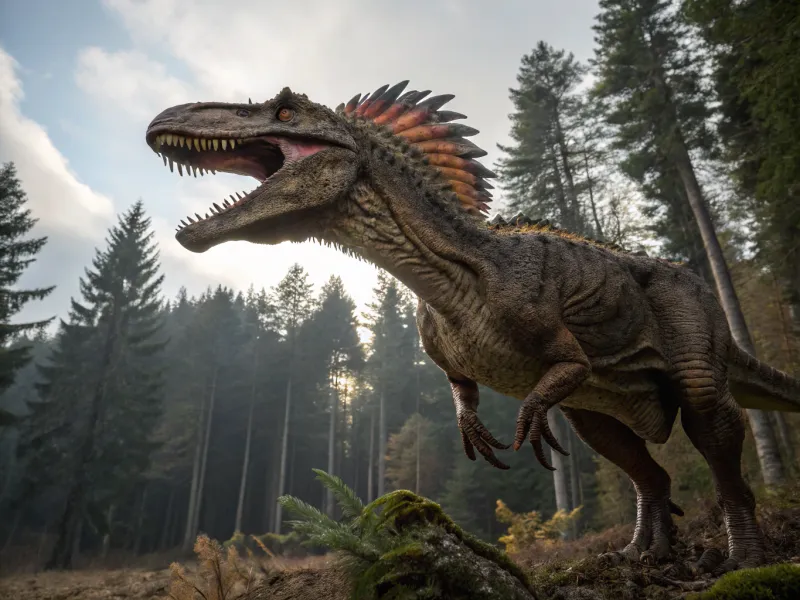
Feathers may have acted as a deterrent to predators, especially when they were displayed in a threatening or exaggerated manner. Large, colorful or spiky feathers could have made a dinosaur appear larger and more intimidating, signaling to predators that they were not an easy target.
In some cases, bright feathers or dramatic displays could have been used to startle or confuse predators, giving the dinosaur time to escape.
12. Energy Efficiency
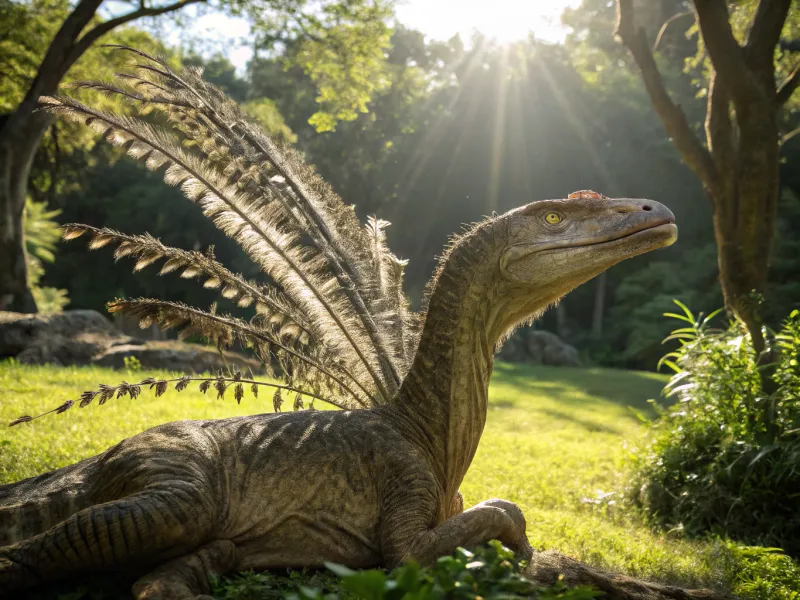
Feathers could have contributed to the energy efficiency of dinosaurs, particularly in smaller species. Feathers likely helped regulate body temperature, which means less energy was needed for thermoregulation.
Instead of expending energy on maintaining body heat, dinosaurs could have used that energy for movement or hunting. The insulating properties of feathers allowed for better use of energy in colder climates, helping smaller dinosaurs survive and thrive in diverse environments.


